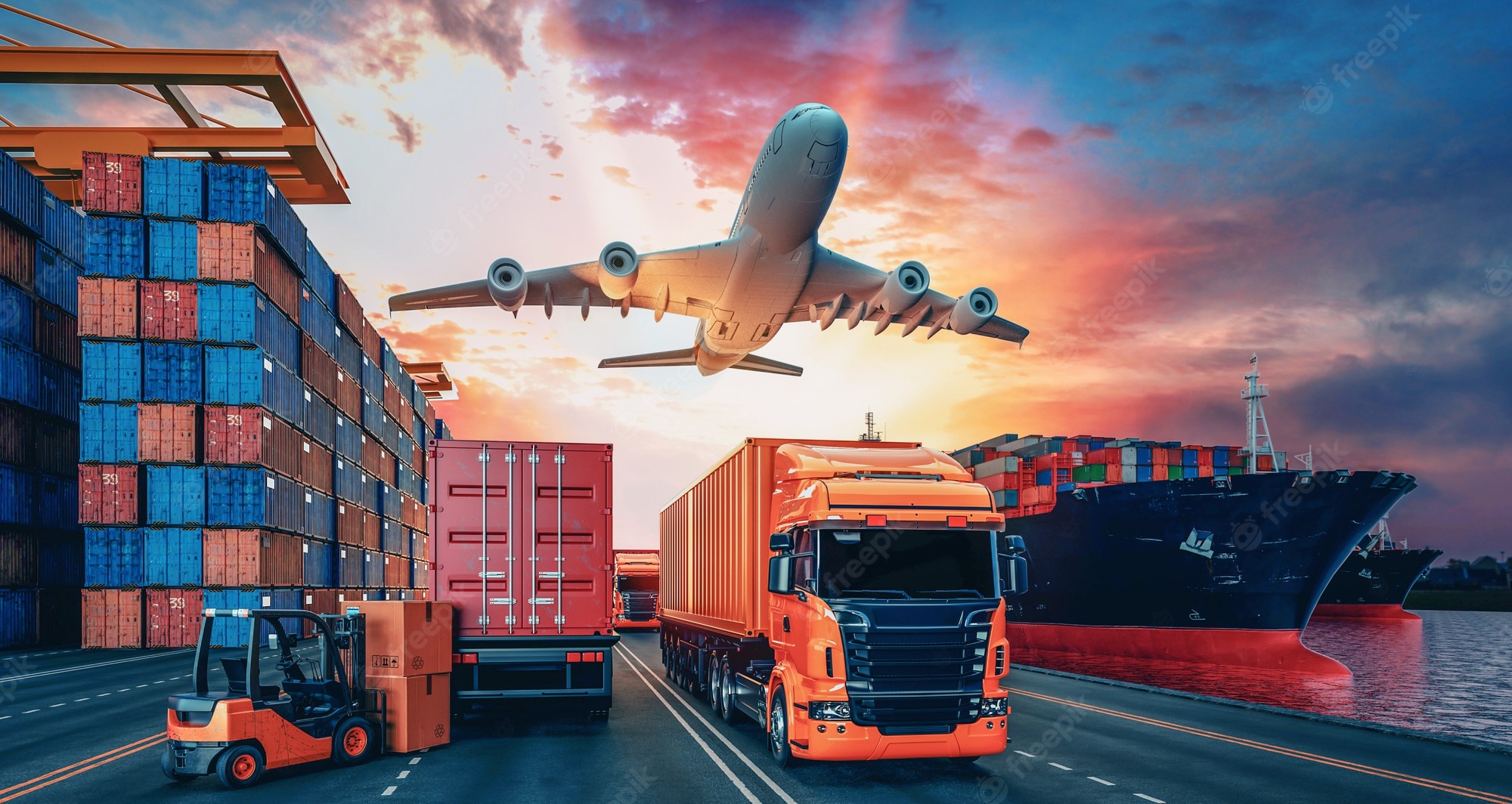News Highlight
The Prime Minister on Saturday unveiled the National Logistics Policy and set a goal to trim the country’s logistics costs.
Key Takeaway
- The policy aims to trim the country’s logistics costs from as much as 13-14 per cent of its GDP to a single digit over the next few years.
- The policy aims to ensure seamless movement of goods and services across the country and cut elevated logistics costs.
What is logistics?
- Logistics refers to managing how resources are acquired, stored, and transported to their final destination.
Data
- The Logistics Performance Index:
- It is published by the World Bank.
- India ranked 44th.
The National Logistics Policy
- The Need for a National Logistics Policy:
- The need for a national policy was felt since the cost of logistics in India is high compared to other developed economies.
- Improving competitiveness:
- The policy reduces the logistics costs in the country to improve the competitiveness of Indian goods in both domestic and export markets.
- Reduced logistics costs improve efficiency, cutting across various sectors of the economy, encouraging value addition and enterprise.
- PM GatiShakti:
- The PM GatiShakti – the national master plan for multi-modal connectivity – will get a further boost and complementarity with the launch of the National Logistics Policy.
- Improve India’s ranking:
- India spends around 13 to 14 percent of the GDP on logistics costs.
- According to the World Bank Logistics Index (2018), India is ranked 44th in logistics costs.
- The National Logistics Policy further improves India’s ranking.
Significance of the logistics sector in India
- Supply chain management:
- The logistics are used to plan and coordinate the movement of products timely and safely.
- Enhanced distribution network:
- Good logistic system helps to optimise time and distribution chain, reduce cost, and enhance the business’s profitability.
- Consumption booster:
- Rise of e-commerce logistics and increased domestic consumption will lead the way for the industry in the coming year.
- Growth potential:
- The logistics sector has grown at a compound annual growth rate of 7.8% during the last five years.
- Employment:
- The Indian logistics industry employs more than 22 million people.
Issues and challenges
- Overdependence on road transportation:
- Nearly 60% of cargo is moved by road and 32% by rail due to an over-saturated rail network and high rail traffic.
- High turn-around time for ships:
- In India, there is a high turn-around time due to overcrowded berths and delays in cargo evacuation unloaded at berths.
- Multiple regulators:
- Carriers face significant regulatory and policy-making entities at several different levels and are imposed by national, regional and local authorities.
- For example, the GST wing and check posts.
- Inefficient integration:
- Poor integration of transportation networks, information technology, warehousing, and distribution facilities.
- Absence of skilled labourers:
- Lack of adequate training institutions has led to a shortfall in skilled management and client service personnel.
Government initiatives
- The National Logistics Policy:
- The National Logistics Policy (NLP) aims to promote not only seamless movement of goods across the country but also improve the competitiveness of Indian goods in domestic as well as global markets.
- Infrastructure status to logistics:
- Companies in the logistics sector can access funds at a lower cost, with longer tenure and enhanced limits.
- 100% FDI:
- 100% foreign direct investment in the storage and warehousing sector under the automatic route.
- Multi-Modal Logistics Park:
- The objective is to centralise freight consolidation and reduce logistics costs from 14% to less than 10% of Gross Domestic Product at par with International Standards.
- Dedicated Freight Corridor:
- It is meant to create a safe and efficient freight transportation system in the country.
Way forward
- Emphasis on transport infrastructure:
- Building world-class road networks, integrated rail corridors, modern cargo facilities at airports, etc.
- New age technologies:
- Smart warehouse, where all gadgets and devices are connected to each other.
- Artificial Intelligence enables logistic players to automate the supply chain.
- Autonomous transport can save up to 20% on fuel costs.
- Trained in human resources:
- Trained human resources are essential both for the third-party logistics and manufacturing and retail sectors.
- One Nation, One Tax, One Permit:
- It incentivises the trucking industry by introducing a new institutional framework to improve the Ease of Doing Business (EDB) in the country.
- Research and Development:
- Prioritise research and development and encourage using indigenous technology, which can make the industry cost competitive and improve services.
Content Source: The Economic Times



